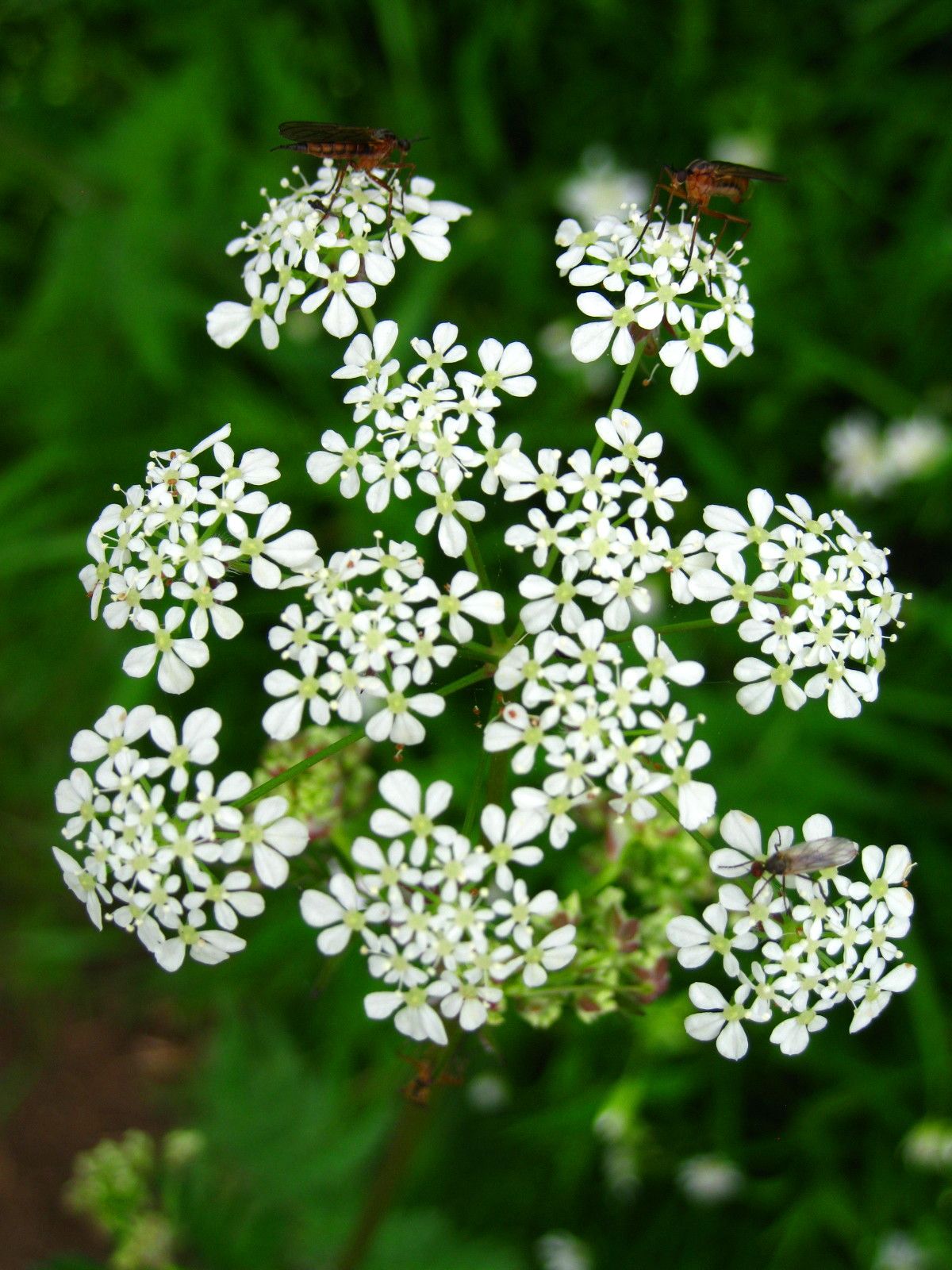Sickleholme Nature Notes
And so to May, but still without a prolonged spell of good weather. Producing wildlife notes against the calendar will necessarily mean some annual repetition, so it is always nice when something new for the course is observed. John Tibenham started that ball rolling for the month with a pair of Teal (our smallest duck) in the Upper Hirst Brook below the 13th tee, and then feeding in the rough on the east side of the 14th hole on another day. This narrow stream just keeps turning up new finds, which says much for the quality of the water.
Waiting on the 4th tee, I looked to my right and thought how attractive a small area of undisturbed habitat was. It was full of Broom (yellow), Bluebells, Red Campion and Cow Parsley (white – see this month’s photo image). The latter has a rather unpretentious name for such a common and showy wildflower, and I rather prefer an old alternative which is Queen Anne’s Lace. The whole patch hummed with pollinators, such as hoverflies and bees, and makes a splendid inset within the course.
Alan Kydd, who very kindly puts in so much work on our bird boxes, paid two visits during May and was assisted by Steve Clarke on the second occasion. It seems, that despite the weather, 23 of our 32 nest boxes are occupied and 74 nestlings (Blue Tits and Great Tits) were being fed. One box has mystery occupants (the next visit may resolve that identification via the eggs) whilst another had become a Wasps nest, and in yet another a creature the size of a Hornet was observed entering. Alan also obtained permission to peep in the barn, where food pellets had been seen previously, and this time he found a live Barn Owl in residence. Watch this space as they say!
Elsewhere, our resident Kestrels seem to be nesting again and our Pied Wagtails have been reported as carrying food to a nest. Morag reported Brown Hares but was rather more modest about her “eagle” at the 4th hole. Matt’s Bug Hotels are now revealing all sorts of creatures including plenty of beetles. There are hundreds of beetle species in the UK and about a quarter are pollinators, so more good news there.
Now let’s look forward to some sun, more butterfly species, and peak time for the pond on the practice area
Bryan Barnacle

Cow Slip

